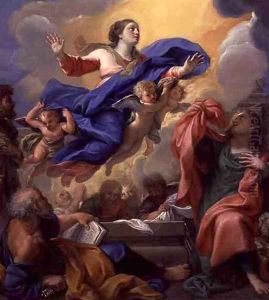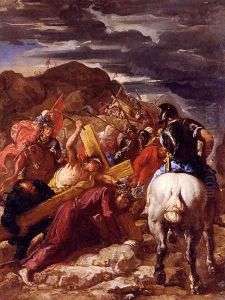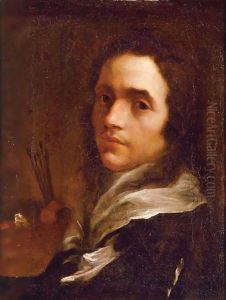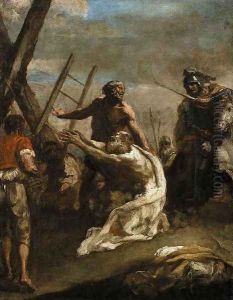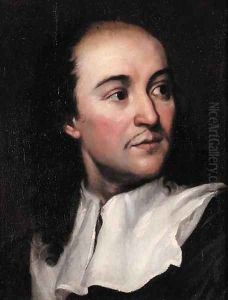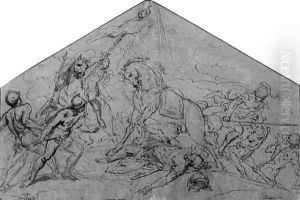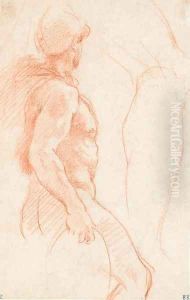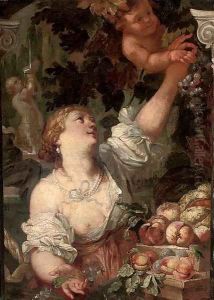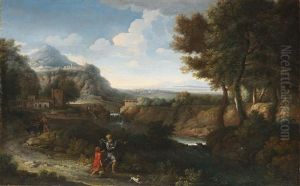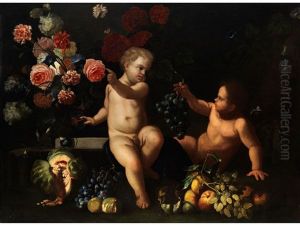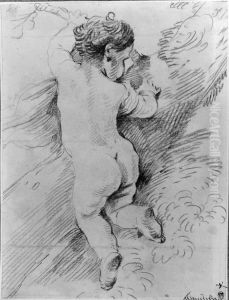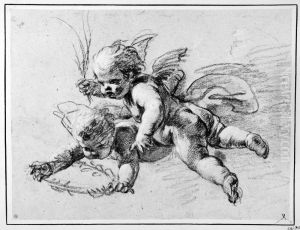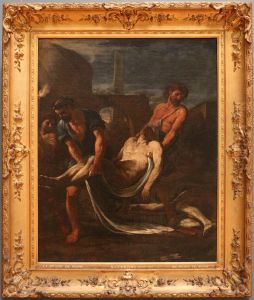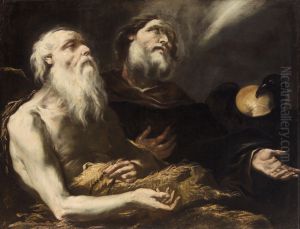Guillaume Courtois Paintings
Guillaume Courtois, also known by the Italianized version of his name, Guglielmo Cortese, was a distinguished French painter and draughtsman who made a significant mark in the Italian Baroque movement. Born in Saint-Hippolyte, France, in 1628, he moved to Italy as a young man, where he would spend the majority of his life and career, contributing notably to the Roman art scene of the 17th century. His journey into the arts was deeply influenced by his family; his brother, Jacques Courtois, was also a painter, known for his battle scenes.
Courtois initially trained with his father, Jean Courtois, before moving to Rome in the mid-1640s. In Rome, he became a pupil of the renowned painter Pietro da Cortona, who was a leading figure in the Roman Baroque movement. Under Cortona's guidance, Courtois honed his skills and was particularly influenced by his master's dynamic compositions and vibrant use of color, elements that would become characteristic of his own style. Courtois also studied the works of other Baroque masters, such as Bernini and Algardi, which further shaped his artistic approach.
Throughout his career, Courtois was known for his religious and historical paintings, as well as his frescoes. His work is celebrated for its dramatic intensity, meticulous detail, and the emotional depth of its figures. One of his most notable projects was his contribution to the frescoes in the Church of the Gesù, the mother church of the Society of Jesus in Rome, which stands as a testament to his mastery and his significant role in the Baroque art movement.
Despite his French origins, Courtois spent most of his life in Italy, where he was deeply integrated into the local artistic community. He became a respected figure among his contemporaries, and his influence extended beyond his own works through the students he taught and mentored. Guillaume Courtois died in Rome in 1679, leaving behind a legacy that has continued to be appreciated for its contribution to the Baroque era and its influence on the development of European art.
